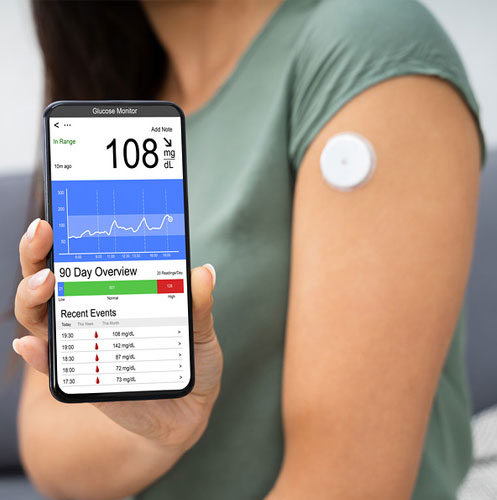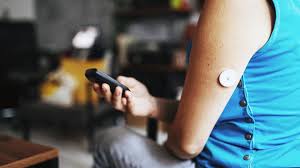Eating Disorder or RED-S? The Key Differences
-
By Amy Stephens RDN CSSD
Kate Cochran, Nutrition Intern
TW: This content mentions eating disorders and body image.
Eating disorders are mental health conditions, whereas RED-S (Relative Energy Deficiency in Sport) is a physiological state caused by an energy imbalance. However, these conditions can overlap. For instance, an athlete with an eating disorder may develop RED-S due to intentional caloric restriction. An athlete experiencing RED-S without an eating disorder may adjust their food intake to meet energy needs once under-fueling is recognized. In contrast, individuals with eating disorders may find increasing calorie intake more difficult, often requiring support from a medical team.
The main difference between an eating disorder and Relative Energy Deficiency in Sport (RED-S) lies in their definitions, causes, and impacts, although they can overlap in certain cases. Here’s a breakdown:

Eating Disorder
- Definition: A mental health condition characterized by disordered eating behaviors and thoughts, such as extreme restriction, binge eating, purging, or obsessive food-related control.
- Examples: Anorexia nervosa, bulimia nervosa, binge eating disorder, avoidant/restrictive food intake disorder (ARFID).
- Cause: Psychological factors (low self-esteem, perfectionism, trauma), social influences (media, societal pressure), or biological predispositions.
- Impact: Affects overall health, including physical, emotional, and social well-being.
Treatment Focus: Psychological therapy, nutrition rehabilitation, and medical stabilization.
Relative Energy Deficiency in Sport (RED-S)
- Definition: A syndrome caused by insufficient energy intake relative to the energy expenditure required for optimal health and performance, often seen in athletes.
- Cause: Unintentional (due to misunderstanding energy needs or increased training load) or intentional (associated with disordered eating behaviors).
- Impact:
- Affects multiple body systems (e.g., reproductive, bone, digestive, cardiovascular, and immune systems).
- Can lead to decreased performance, delayed recovery, and increased risk of injuries.
- Symptoms include menstrual dysfunction, low testosterone in males, fatigue, and impaired concentration.
Treatment Focus: Restoring energy balance through increased caloric intake, reducing training loads, and addressing any disordered eating patterns.

Key Distinction
While eating disorders are mental health conditions, RED-S is a physiological state caused by an energy imbalance. However, the two can coexist. For example, an athlete with an eating disorder may develop RED-S due to intentional caloric restriction. Once under-fueling is identified, an athlete with RED-S will readily increase food intake to match energy expenditure. For an individual with an eating disorder, the addition of calories will be more challenging and may require treatment by a medical team. If nutrition requirements cannot be met, pausing or reducing exercise may be helpful to achieve a positive energy balance.
Addressing either condition requires a multidisciplinary approach involving dietitians, mental health professionals, and medical experts.




































